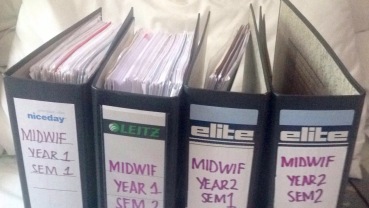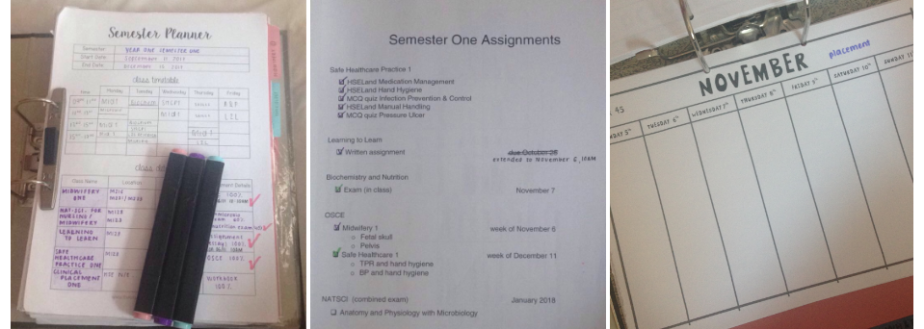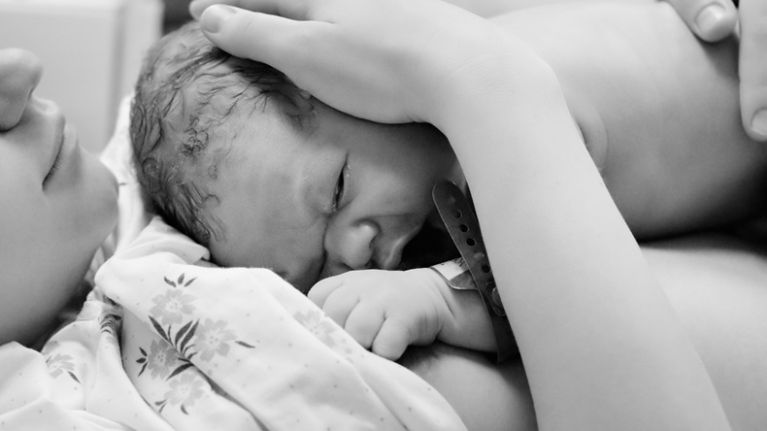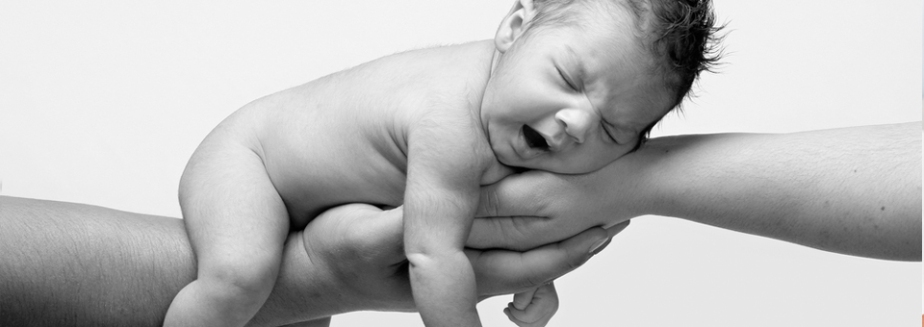It’s been a while…things have changed a little bit…
All my life I’ve had super thick long red hair. And I absolutely loved it. It was my favourite part of myself. But over the years I got this kind of itch to see what it’d be like if I didn’t have it.
I always depended on my hair a little. It’s a good conversation starter – “is that your natural colour?” It’s a nice safety blanket – literally almost a blanket, it was down to my hips at one stage. I placed a lot of my value and self worth on my hair.
And then Cambodia came along. My dream coming true – at a cost. I needed a fundraising idea. I had raised money for charity before by donating my hair, why not do it again? Why not go further and shave my head after I donated the plaits? It does make sense – Cambodia is a fairly warm country and I am not a human that works well in heat.
So I started fundraising online and with sponsorship cards. Everyone had the same look of disbelief on their face when I told them what I was planning. Time kept ticking away, my hair kept growing, and (very) suddenly it was time to chop!
I was terrified in the half an hour beforehand but once I sat down in the chair and they started brushing out my hair, I was strangely at peace. Like I said to people all along, it was just hair. It grows back. It’s strands of protein hanging from my scalp. My plaits measured an amazing 18.5 inches – all of which was posted off to the Rapunzel Foundation. The team in Cortex Hair Designs Dundalk looked after me so well, I felt so supported by them. They chopped away at my hair and then buzzed at it until we got to this:
And I feel amazing. I feel so free, I feel like myself. I do keep forgetting that my hair is short and thinking I can just let my hair down to get the breeze off of my neck. I own more hats and scarves than I have in a long time. But I feel fantastic. I might never grow my hair back! And I’m closer than ever to my dream because I took a leap (or a chop) and people have been wonderfully generous in support of me.
So what do you think? Is this brilliance or weirdness? Should I keep it short or let it grow out again?
I’m leaving the link to my GoFundMe here
and the trip facebook page here where you can keep up with our preparations










